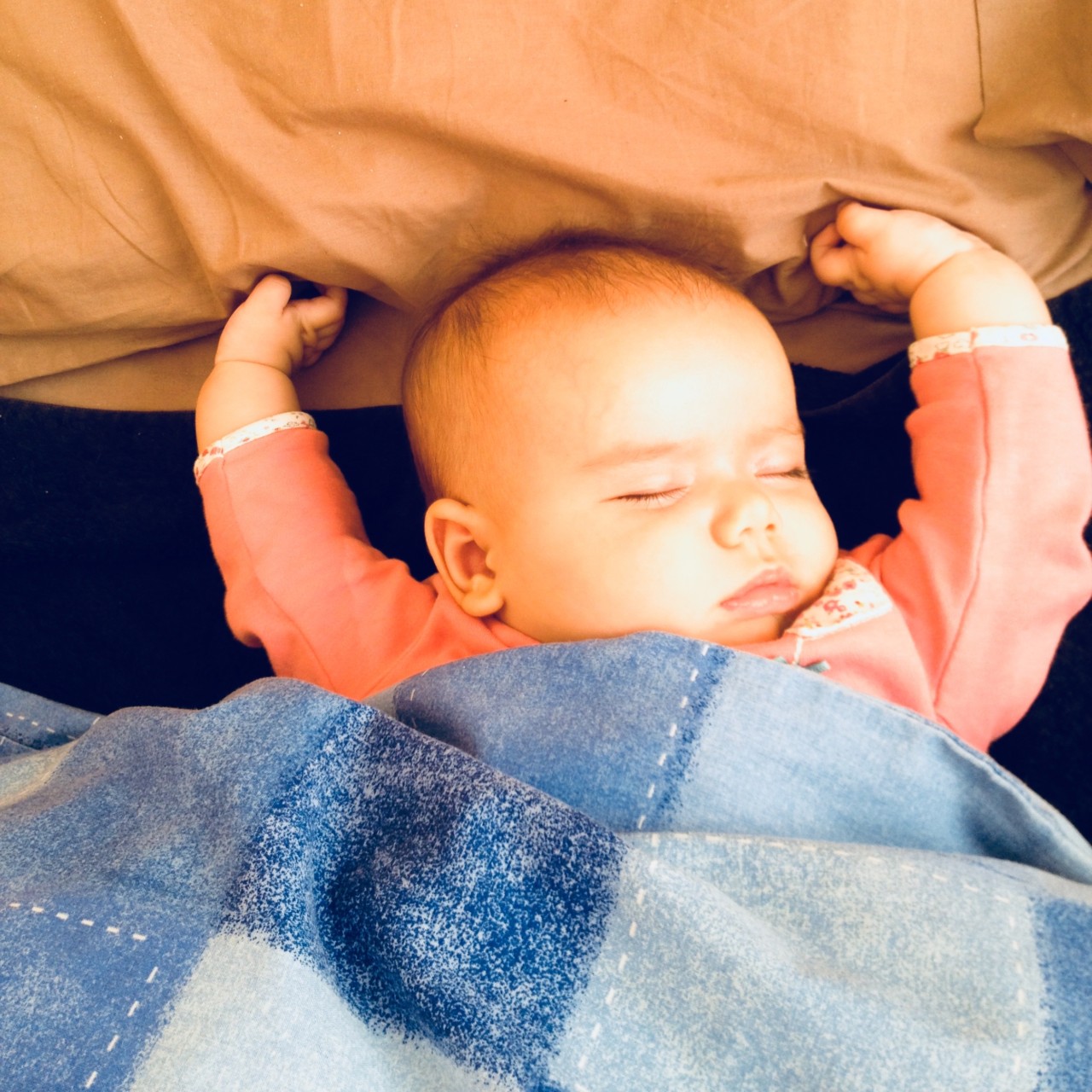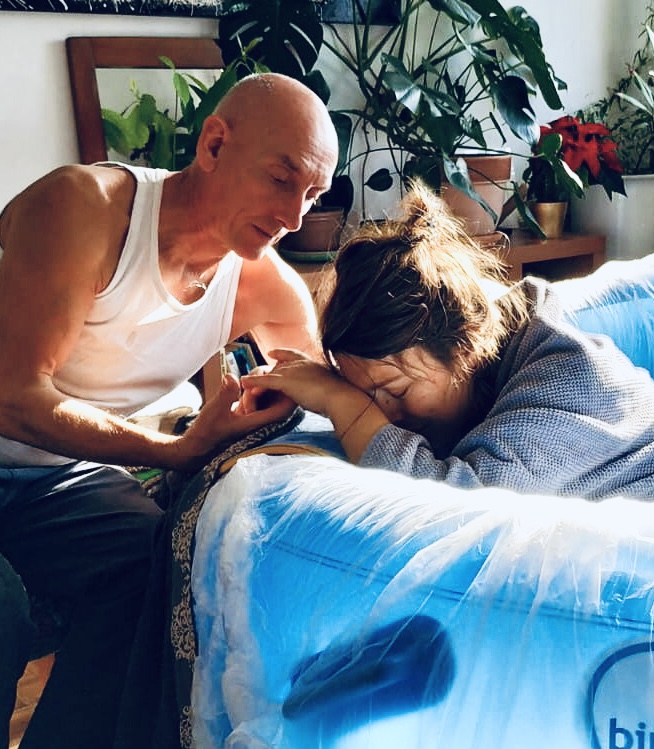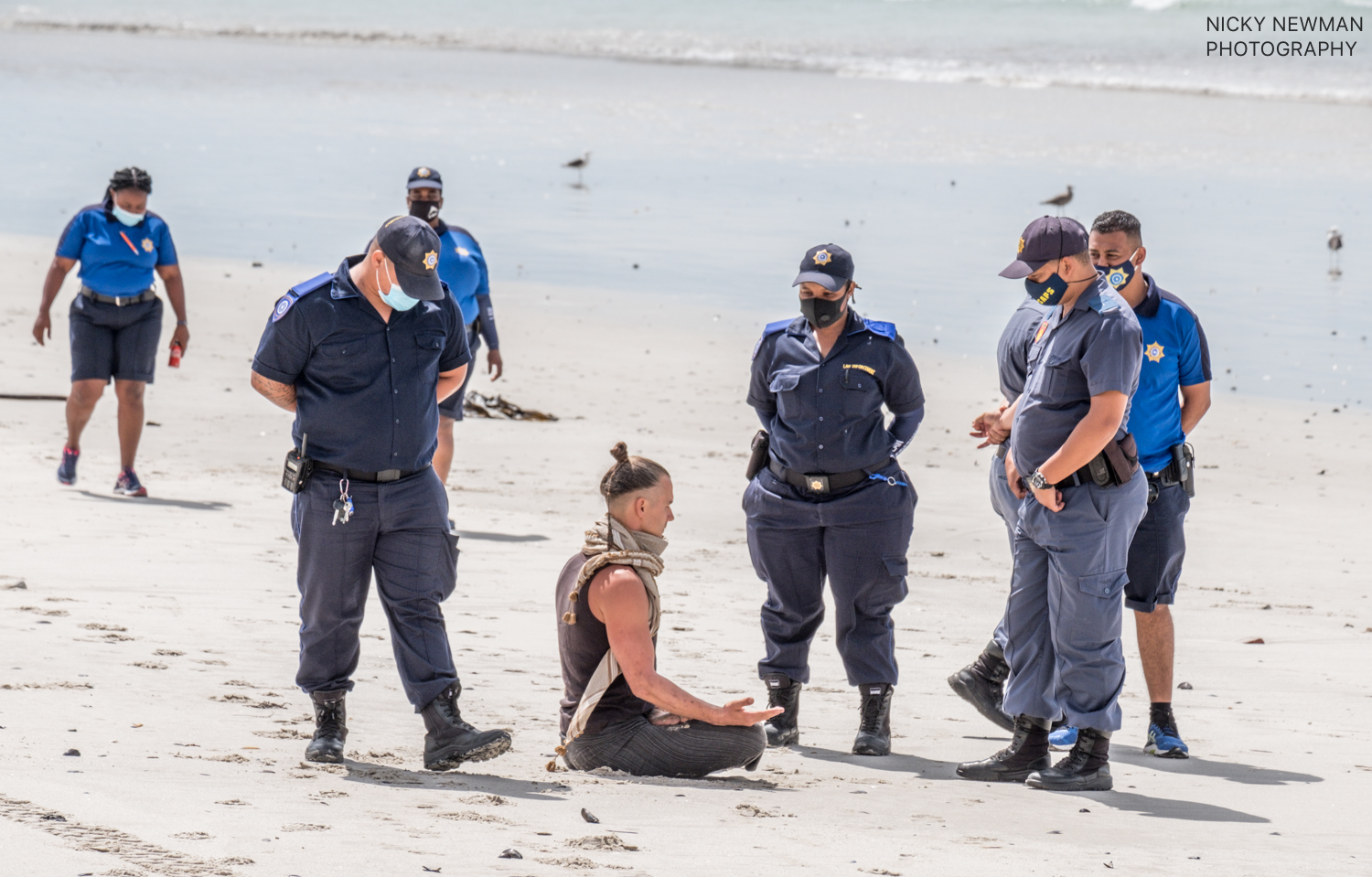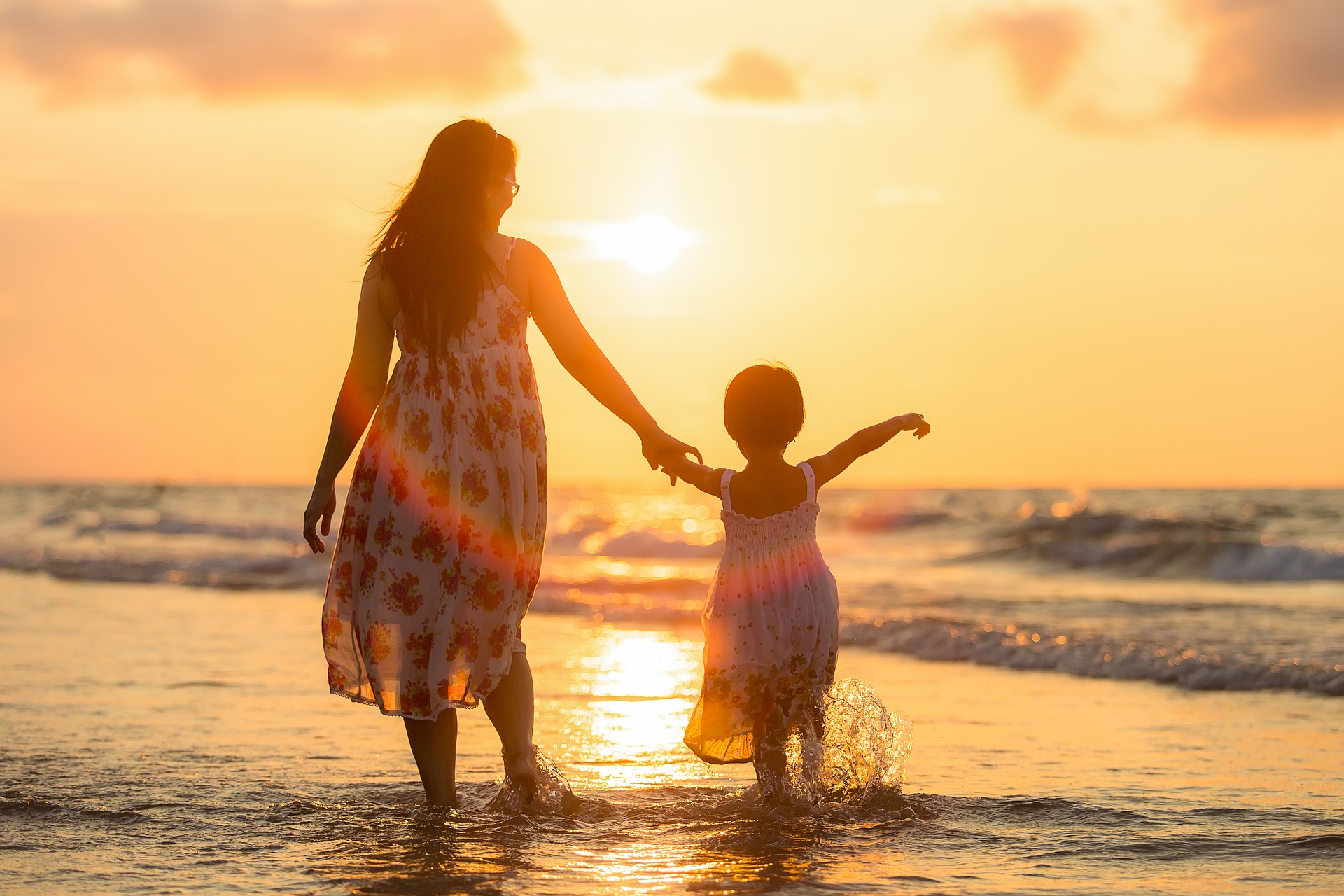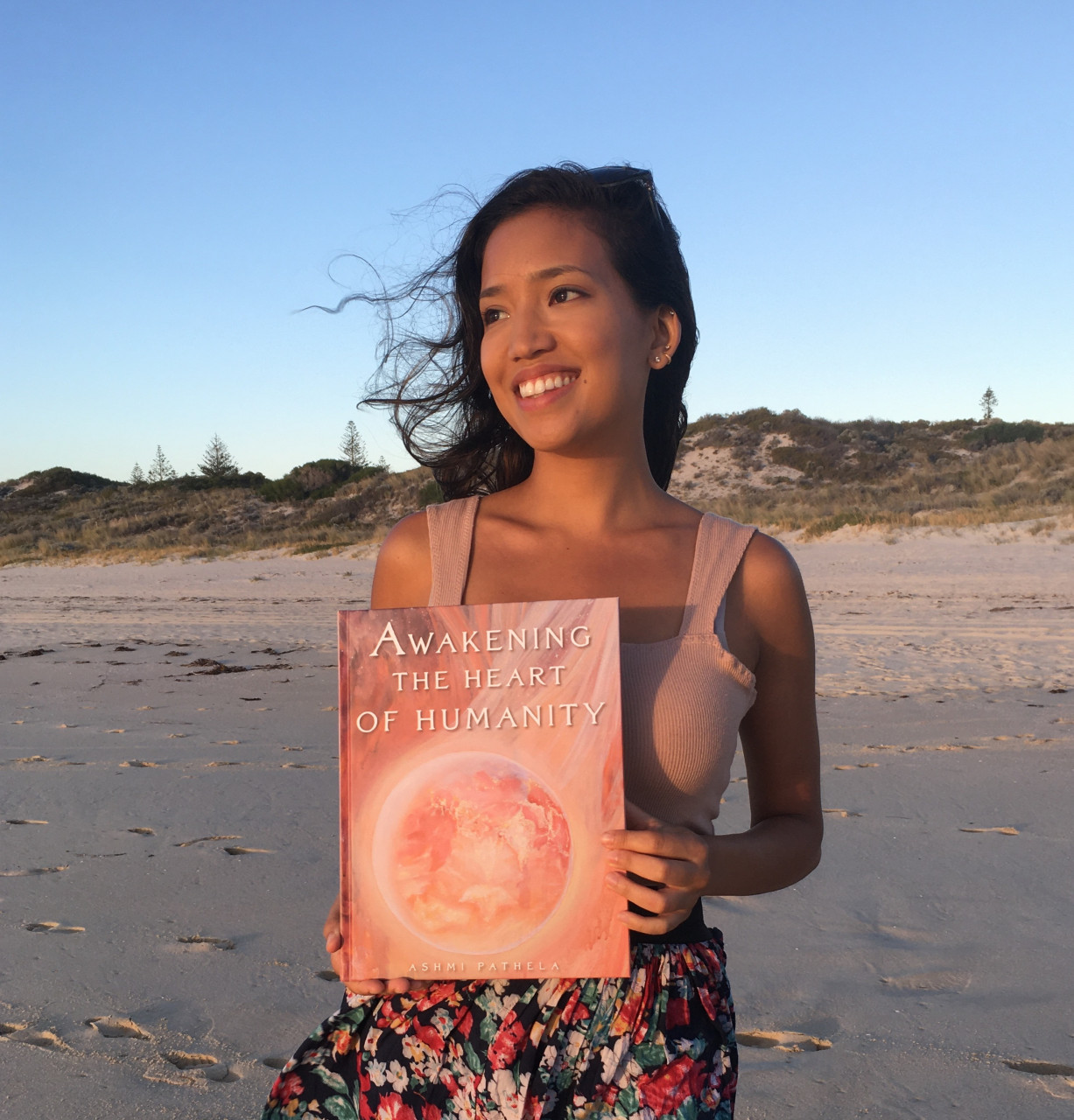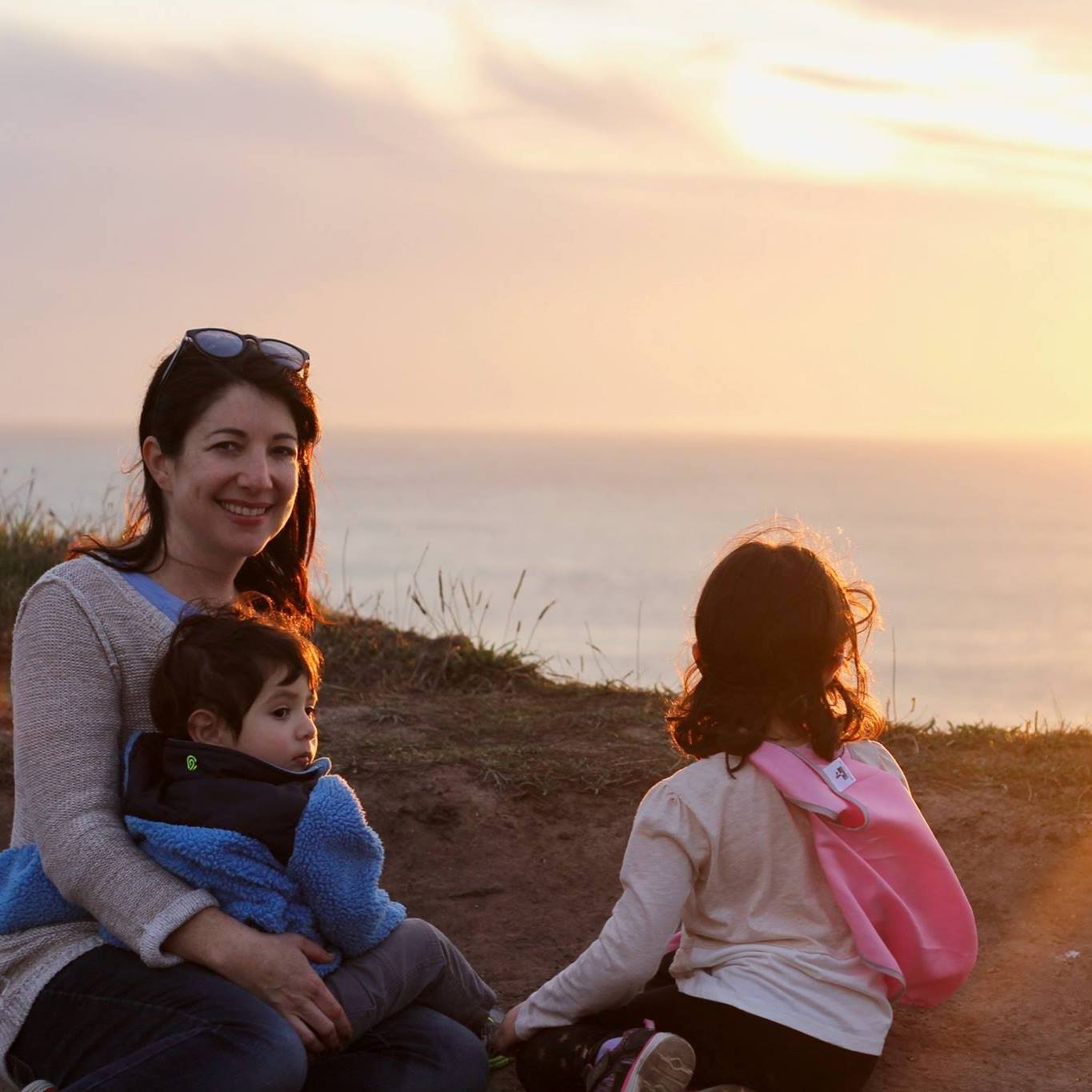
One of my favourite things about writing a blog is all the amazing connections that have happened as a result of it. It’s so beautiful how a lovely comment on social media can lead to a conversation or even a friendship. My guest today – Jesse Silver – is one of such connections. A fellow mom and the writer at Weave In Wonder (also on Facebook), Jesse is also a student of Educaring® Approach. I eagerly share below our exchange about this fascinating subject. Thank you so much for your time and insights, Jesse!
Asta: Hi Jesse, I am so excited to connect and learn more about you and from you. Please could you share a little bit about yourself and what you are up to these days. Also, I am really excited to find out more from you about Resources for Infant Educarers or RIE® – how did you become interested in it?
Jesse: Hey-o! I’m Jesse Silver, the writer at Weave In Wonder, and I have 2 wonderful children. Five years ago, I was exhausted and scrolling my phone while nursing my baby at 2am. Somehow, I stumbled upon a respectful parenting approach that truly opened my eyes. It’s called the Educaring® Approach, and RIE® is the organization that provides resources, trainings, and certification to this approach. It was all founded by Magda Gerber, who through her scientific research, advocated to “see babies with new eyes.” Here are the Basic Principles to her philosophy. I immediately felt its truth, and was inspired to try out a few ideas (especially, a strategy that might help with my daughter’s new penchant for biting me while I made dinner – eeks!). Within a week, the biting stopped and even more compelling – I had a better understanding to why she bit me in the first place.
Soon after, I read everything I could get my hands on, and continued to feel my family life transform from anxiety and uncertainty, to one of ease and joy. I formed my own Magda Gerber-inspired playgroup with like-minded moms in my neighborhood, which easily became my favorite day of the week! I’m currently becoming certified in the Educaring® Approach and I love sharing how this caregiving philosophy has brought immense sweetness, connection, and ease to my family life. My approach to many of the mama tasks (along with the mentality I try to embody) throughout the day is Magda Gerber-inspired. Some of it can feel a bit nuanced and strategic – but in the end, I often repeat to myself that it’s truly about the connection, and not about being perfect!
Asta: Let’s talk about Educaring® Approach in the context of physical movement – what has it meant to you with your own children in their different development stages?
Jesse: Watching the beauty of a child’s natural unfolding development is something that I count myself lucky to experience with my second child. I’d lay him on a blanket, even as a young infant, and sit close by to simply observe him as often as I could. He led the way in his own motor development, and I was there acknowledging him, and supporting his struggles (rolling over can be tricky and frustrating!), any many times – being fully present and available, but saying nothing at all. I was surprised when he crawled first, and got into the sitting position months later. I learned later on that this is typically normal, as it takes more muscle and momentum to get to a sitting position on your own than to crawl. Though this isn’t always.
With my first daughter, I did not know much about Educaring® Approach, and I remember propping her up and sitting her well before she was ready to do so herself (something that is very common in American culture). She was essentially stuck in this position, and not able to get down without falling down. This must have been scary for her, but I try not to guilt myself about this. She also was unable to lead her own play in this position, because she could only get to the toys that were placed in front of her – which meant I had to bring her toys while she screeched for more! Babies laying on their backs are able to move, reach, and stretch – and are therefore better able to play and problem solve. There is no baby equipment needed. I’m finding that trusting and waiting almost always is the most rewarding.
Asta: What about Educaring® Approach during meal times?
Jesse: I admittedly do not do everything as Magda Gerber suggested during meal times (though it’s lovely), and I think every family should find what works best for them! The one meal time component I do follow that Magda Gerber advocated is: parents decide the meal, children get to decide what they’d like to eat, and how much. Of course, when I prepare a gorgeous meal and my two children decide they want 2 bites, my heart sinks! But in general, I feel that this relaxed approach has created less power struggle over meals, and I feel relaxed as well because I’m not in charge of reminding them, “one more bite!” I also find that because the pressure is off, they are willing to try new things when they are ready.
Asta: Now onto the big one for many parents – nappy changes! Many daily routines can be stressful for babies and parents alike. What has been your approach?
Jesse: I wrote about diaper changes extensively on a blog post I titled “Diaper Changes Without the Fight” because diaper changes were (and still are some days!) a tricky territory for us.
Our instincts sometimes are: if our children don’t enjoy something, then let’s do it faster to get it over with. When it comes to diaper changes and all caregiving activities (bath times, washing hands, eating meals) – I find there is much more cooperation and connection when we slow down. Like, way down. It’s counterintuitive, isn’t it? But it works!
When I change my son’s diaper, I look into his eyes, chat with him, and often ask him for his help! For example, “Can you lift your bottom so I can wipe it?”, “Would you like to feel the wipe – it’s a little cold isn’t it?”, “Would you like to see your poop in your diaper?” (He is always psyched about that last question, and it helps with toilet learning).
I never want to make him feel embarrassed about his normal human functions, and so I won’t say anything about his diaper being “stinky.” I try to stay calm and guide him if he’s wiggly – and this is hard! I think it’s totally okay to admit out loud, “You’re wiggling around and it’s hard to change your diaper. This is a tough one!” when you’re having a rough go. It feels good for us both to say the truth out loud!
Asta: Let’s talk about one of my favourite subjects – communication and language. Any tips on how to improve the way we talk to babies and kids?
Jesse: I try my best to communicate authentically to both of my children ages 2 and 5. With my 2-year-old, I may slow down my speech a touch, but I use my regular voice that I use with adults. I find we connect better and understand one another when I don’t use baby voices or too many made-up words. When I talk to young babies, I also use my regular voice – and try to intentionally communicate with respect for them as a whole, complete person. I will tell them, “I’m going to pick you up now,” and I’ll pause to look for my baby’s cue. When we slow down and observe, you might see that even a young infant will ready themselves in a facial expression, or by lifting their shoulders. I try to also acknowledge their experience when it feels right, “I left to use the restroom and could hear you cry – you didn’t like that!”
Asta: What about toys and activities with kids – share with me your insights!
Jesse: Early into motherhood, I bought my baby the toys with as many buttons and lights as possible so she wouldn’t get bored, yet she’d become disinterested a few days later, and many times looked overwhelmed by them. I entertained her with dances and clapping games and “wore her” in a wrap when I didn’t know what else to do. She basically just clung to me when I’d take her to various baby classes – which I scheduled nearly every day.
None of these things were harmful by any means. Some days went just fine and dandy. Yet I felt like something needed to change so we could both feel more relaxed and naturally engaged throughout the day – but what was it? As I became more interested in respectful parenting, I learned that “babies are born to play.” Only – not the parent-led, stimulating play I had in mind.
Simple, open-ended toys offer a more engagement than meets the eye – balls, cars, blocks, silks, baby dolls – even silicon muffin cups can be used in many different ways, and can encourage play in different ways each day! I also let my baby and children lead the way, and as I mentioned before, I observe play and watch it unfold like an audience member, rather than a director. I wrote how I observe play and the many benefits here, if you’d like to learn more.
Asta: How is your home environment prepared for babies and kids? How can we create a respectful play space?
Jesse: A “Yes Space” is so key to helping our days as a family go smoothly, and with plenty of play. If you can create a place space where you don’t have to say, “don’t touch that!” or “that’s not a toy!,” then that can give the freedom for your child to play un-interrupted and creatively. It also gives the freedom for parents to leave the room for a few minutes to pee or chop an onion, and not fear the worst! There are so many ways to create a “Yes Space,” but the rule of thumb I follow is, “make it so safe, that if you were to get locked out of the house, all would be well.”
Asta: What have been the greatest challenges for you in the parenting journey and what have been the most pleasant discoveries – especially, in relation to RIE®?
Jesse: I have struggled with anxiety and depression on and off for nearly a decade, and have found so much healing (an awakening, really) in this parenting approach. This is especially true on the days I’m stretched to listen to my own children’s intense emotions, which is something I have to intentionally work on moment by moment (and sometimes miss the mark). I often journal and self-reflect on the tough days, and nurture and support myself as best I can.
In my early years, I found many clever and not so clever ways to numb my feelings – and so I’m still in the process of not only accepting my own natural feelings – but encouraging them to come out from my children! I now see their tantrums, tears, and upsets as a time for them to share their feelings with me, and not a time to punish or shame them (though, gently stopping negative behaviors is important). I highly recommend the book Parenting From The Inside Out for those looking to explore how childhood experiences affect the way we parent.
Asta: Thank you so much, Jesse! Any final thoughts, advice for other parents or resources that you would recommend?
Jesse: Just a friendly reminder if this resonates with you: it’s not about the rules or being perfect, it’s about the connection!
Tags: conscious parenting educaring gentle parenting Magda Gerber mindfulness RIE
